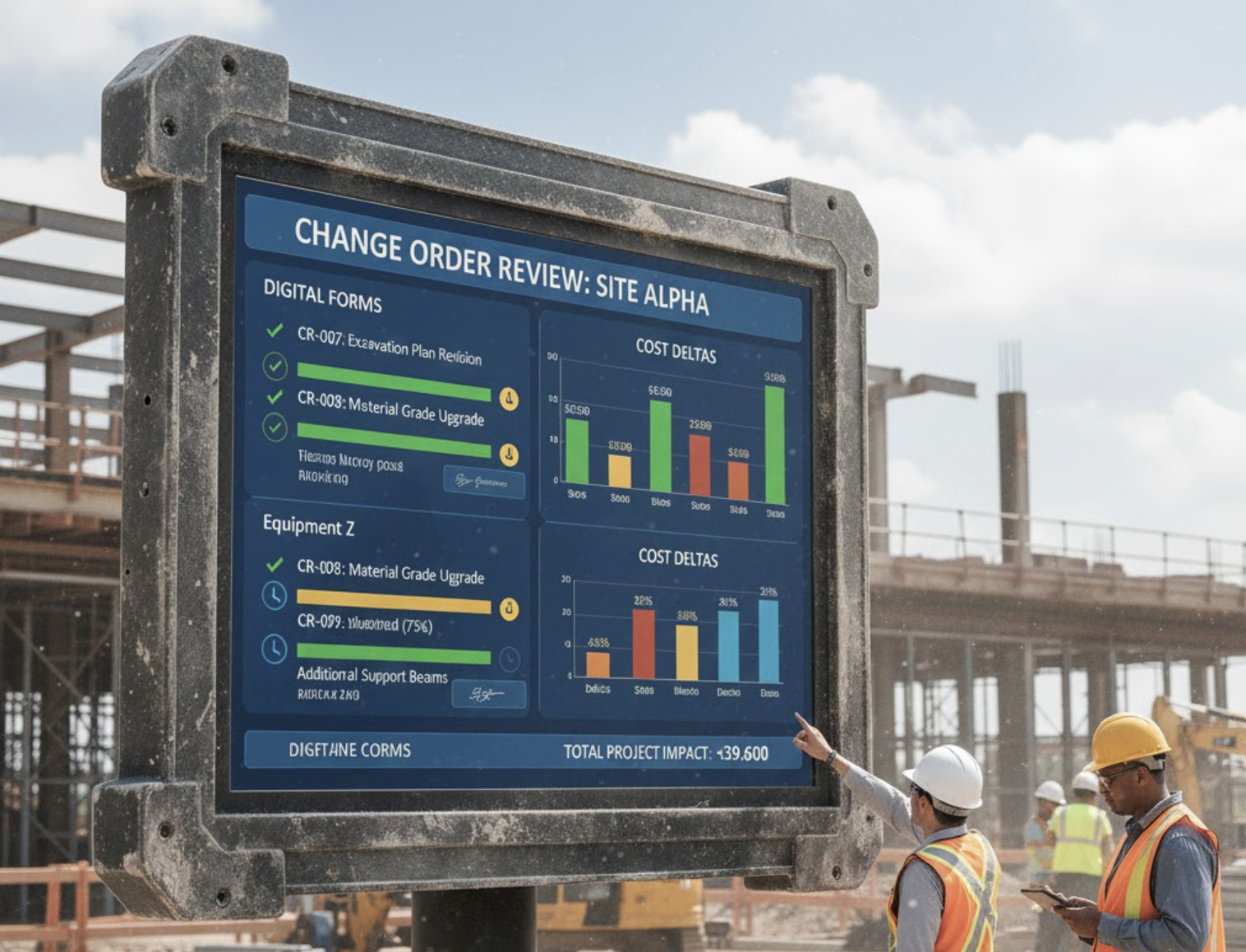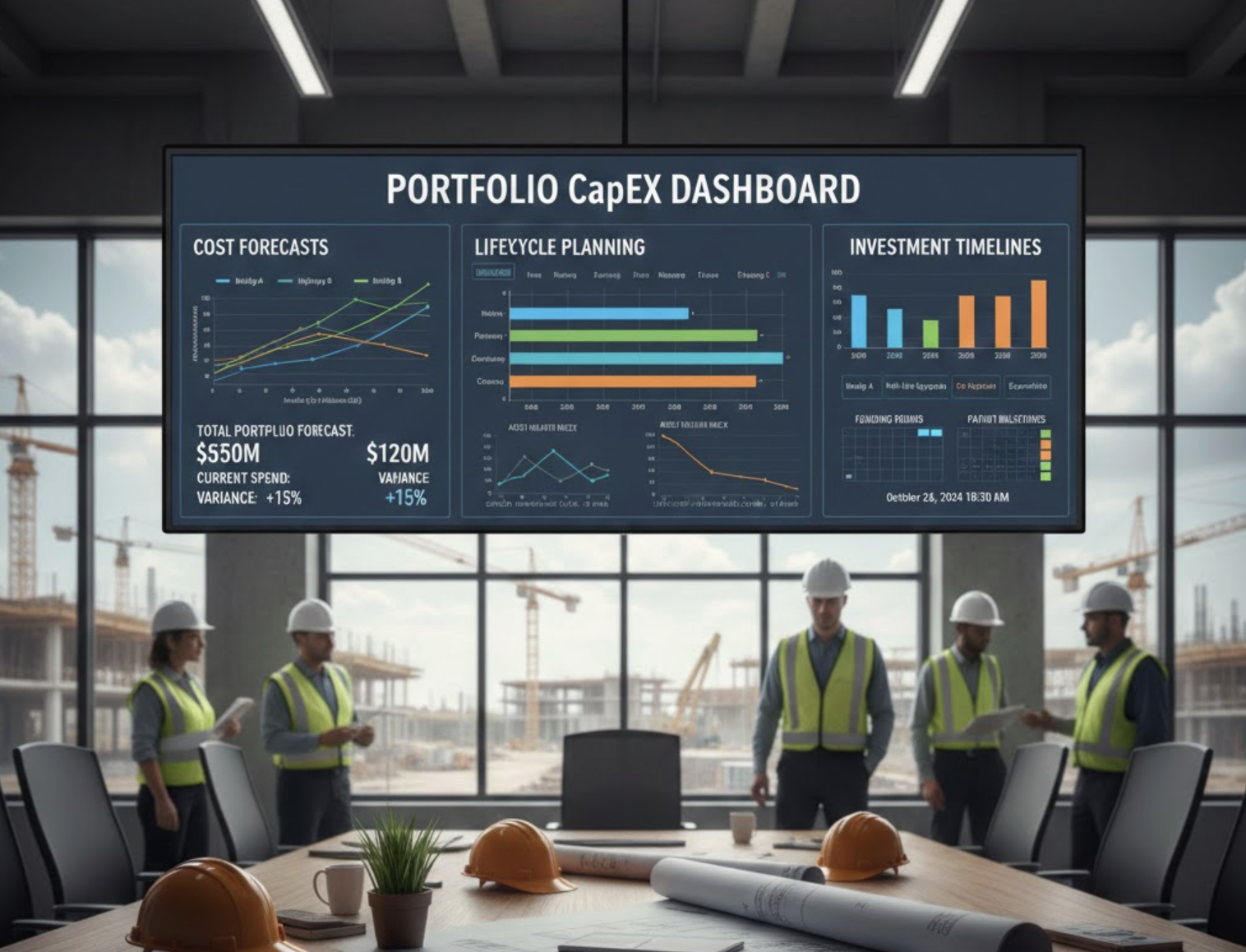Top 10 Benefits of Automating Tender Evaluation for Construction Projects
In the dynamic world of construction, effectively managing the tender evaluation process is crucial for project success. Automating tender evaluation harnesses construction project management software to facilitate accuracy, efficiency, and strategic decision-making. This post delves into the top 10 benefits of implementing automated systems for tender evaluation in construction projects.
1. Enhanced Accuracy and Objectivity
Automated tender evaluation systems leverage AI in construction and advanced algorithms to assess bids against predefined criteria, including cost, compliance, and supplier performance. This technology minimizes subjectivity and reduces human errors, ensuring a more objective evaluation process. Algorithms process vast amounts of data quickly, flagging inconsistencies that manual reviews may overlook, ensuring all requirements are met.
2. Significant Time Savings
One of the most immediate benefits of automation is the substantial time savings it provides. Automated processes drastically reduce the time spent on bid preparation and evaluation, facilitating faster decision-making and shortening tender cycles. Tasks that previously consumed weeks, such as detailed document comparison or drawing take-offs, can now be completed in mere minutes. This allows construction teams to focus on critical aspects of project management instead of getting bogged down in administrative tasks.
3. Cost Efficiency
Reducing the resources required for manual evaluation translates into lower administrative costs. With accurate evaluations, the likelihood of costly procurement mistakes decreases significantly, mitigating the risks associated with rework. Organizations can streamline their financial operations, which ultimately leads to a more efficient use of funds allocated for project management.
4. Improved Productivity
Automating repetitive duties, including data entry and document management, allows staff to engage in more strategic tasks that add value to projects. By relieving employees of monotonous work, productivity levels increase, and job satisfaction improves. Automated communication and compliance tracking also minimize operational drag, thereby enhancing overall efficiency.
5. Better Risk Management
Employing automation facilitates real-time risk assessment and predictive analytics, enabling teams to identify and address potential risks early. Utilizing historical and market data, simulation models help inform better planning and risk mitigation strategies. This proactive approach enhances project resilience, ultimately protecting firms from unforeseen issues.
6. Increased Transparency and Auditability
Automated tender evaluation systems ensure that every decision is documented meticulously, significantly enhancing compliance. Digital evaluation trails allow stakeholders to trace who made decisions and when, fostering accountability within teams. This transparent process strengthens trust among all parties involved, minimizing disputes over project outcomes.
7. Improved Supplier Engagement
Automation broadens bid coverage by matching projects to relevant subcontractors, increasing not only bid response rates but also ensuring higher quality submissions. By streamlining processes, firms can improve communication with suppliers, cultivating better relationships and enhancing collaboration throughout the project lifecycle.
8. Enhanced Compliance
Consistent application of industry rules and standards through automation significantly lowers the risk of regulatory breaches. Automated systems simplify compliance reporting and maintain accurate records, which streamline audits and aid in rapid resolution of compliance-related queries. This level of diligence is essential in today’s highly regulated construction environment.
9. Superior Decision-Making with Data Insights
Through advanced analytics, automated systems provide real-time feedback and actionable insights, enabling construction firms to make informed, strategic choices during evaluation. Leveraging historical data, systems can continuously learn, refining decision frameworks for future tenders. This capability leads to better project outcomes and enhanced operational efficiency.
10. Competitive Advantage
Companies employing automation in tender evaluation gain a competitive edge, optimizing both resource allocation and bid strategies while improving submission quality. This technological adoption not only positions firms to win more projects but also places them at the forefront of construction industry digital transformation.
Use Cases and Best Practices
Integrating AI-powered project management tools like Zepth can simplify automated bid comparison, compliance checks, and instant report creation. To achieve optimal results, organizations should establish clear evaluation parameters, utilize digital document management for comprehensive audit trails, and continuously train algorithms with updated project data. Emerging innovations such as natural language processing for document review and deep learning for predictive bidding are paving the way for even more advanced evaluation techniques.
How Zepth Supports Automated Tender Evaluation
Zepth’s construction management platform includes built-in AI tools specifically designed for automating tender evaluation. This facilitates accuracy, speed, and objective selection of suppliers. The platform’s capabilities in document management, collaborative review tools, and compliance tracking reduce manual errors and enhance transparency while maintaining robust audit trails. Through seamless data exchange, Zepth supports analytics and reporting that drive smarter, faster decisions throughout the tender lifecycle.
Conclusion
The transition to automated tender evaluations in construction projects stands as a transformational step towards efficiency and accuracy. By leveraging innovative tools and AI-powered solutions like Zepth, organizations can enhance supplier selection processes, improve project timelines, and enforce comprehensive risk management while securing a firm foothold within the digital era of construction.




